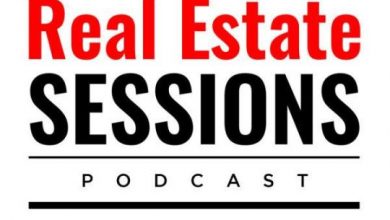Height and Success in Leadership: Breaking Stereotypes in Business

Height and Success in Leadership: Breaking Stereotypes in Business
The Role of Height in Perceptions of Leadership
Does Height Impact Leadership Potential?
Height has long been associated with attributes such as confidence, assertiveness, and dominance, which are often seen as important qualities in a leader. However, research shows that while taller individuals may initially have an advantage in gaining leadership positions, height is not a determinant of one’s leadership potential or abilities. True leadership encompasses a wide range of skills, characteristics, and qualities that are not linked to physical appearance.
Challenging Stereotypes and Breaking Barriers
It is important to recognize that leadership is not confined to physical characteristics but rather to one’s ability to inspire, motivate, and guide people towards a common goal. By challenging height stereotypes in business, we can foster an environment where leaders are judged based on their competence, experience, and achievements rather than their physical attributes.
Overcoming Height Biases in the Business World
How to Overcome Height Bias in the Workplace?
1. Focus on your skills and expertise: Highlight your achievements, qualifications, and skills in order to demonstrate your competence as a leader.
2. Build strong relationships: Develop strong relationships with coworkers and superiors based on trust, respect, and mutual support, which can help break down biases.
3. Seek out mentorship: Find mentors who can guide and support you in your career development, regardless of their physical attributes.
4. Be confident and assertive: Confidence and assertiveness are qualities associated with leadership. By exuding these traits, you can challenge the biases and perceptions that may exist.
How to Foster Equality in Leadership Opportunities?
1. Promote inclusive hiring practices: Implement blind hiring techniques where physical attributes, including height, are not considered during the initial screening process.
2. Encourage diverse leadership styles: Recognize and appreciate the different leadership styles and strengths that individuals bring to the table, regardless of their physical appearance.
3. Provide leadership development opportunities: Invest in leadership development programs that focus on skills and competencies rather than physical attributes.
4. Promote awareness and education: Conduct workshops and training sessions to raise awareness about height biases and their impact on leadership opportunities.
Conclusion
Height should not be a determining factor in assessing someone’s leadership potential. By challenging stereotypes and biases in the business world, we can create a more inclusive and diverse leadership landscape where everyone has an equal opportunity to succeed.
FAQs
Q: Are taller individuals more likely to get promotions in the workplace?
A: While height may initially present an advantage in gaining leadership positions, promotions should be based on an individual’s skills, experience, and qualifications rather than physical attributes alone.
Q: How can I overcome height bias in the workplace?
A: Overcoming height bias requires focusing on your skills, building strong relationships, seeking out mentorship, and being confident and assertive in your work.
Q: How can organizations foster equality in leadership opportunities?
A: Organizations can promote inclusive hiring practices, encourage diverse leadership styles, provide leadership development opportunities, and promote awareness and education about biases. These measures will create a more equitable leadership environment.
By breaking stereotypes and biases related to height in leadership, we can pave the way for a more inclusive and diverse business world, where leaders are chosen based on their abilities rather than physical appearance.



